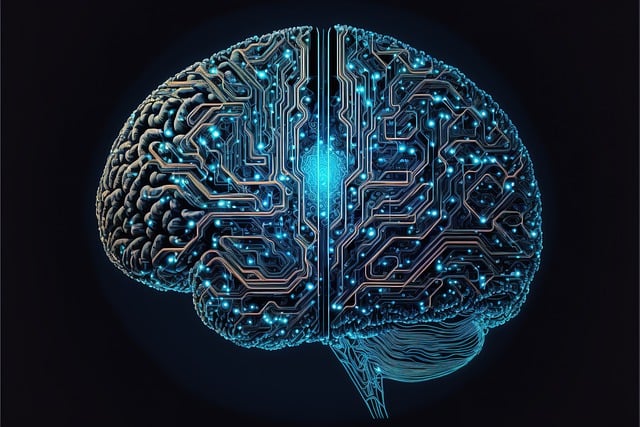Artificial Intelligence is widely used in many applications, including for data analytics. AI is used to analyze large data sets that allows to obtain valuable information, identify trends, make forecasts, etc. Machine learning algorithms provide fast and accurate work with huge data volumes.
It is important to use AI in the process of data analysis because there are several advantages:
- Speed and efficiency: ensuring fast data processing (the user quickly receives accurate information as a result of analysis); fast decision-making process; the ability to remember commands and syntax of data analysis libraries, and suggest alternative approaches to analysis;
- Verification and validation: detecting inconsistencies in data and determining the reasons for their occurrence;
- Data democratization: providing democratized access to data (the ability of users without specific data knowledge to analyze large data sets and extract insights);
- Automated reporting: automates the report generation process, ensuring timely access to information regardless of the location or origin of the data.
AI is supposed to complement the work of data scientists. The main ways to use AI in data analysis are:
- Code generation and error correction when analyzing data (especially when working with large data sets);
- Explanation of the analysis and conclusions for a deeper understanding of the situation (for example, why sales fell, reasons for the users increase, etc.);
- Generating synthetic data (creating training data sets and entering them into machine learning models, which greatly simplifies the testing process);
- Creating interactive dashboards and reports to quickly combine data from multiple sources in one place;
- Automatic data entry from images (converting tabular data images into digital sets without manual work).
